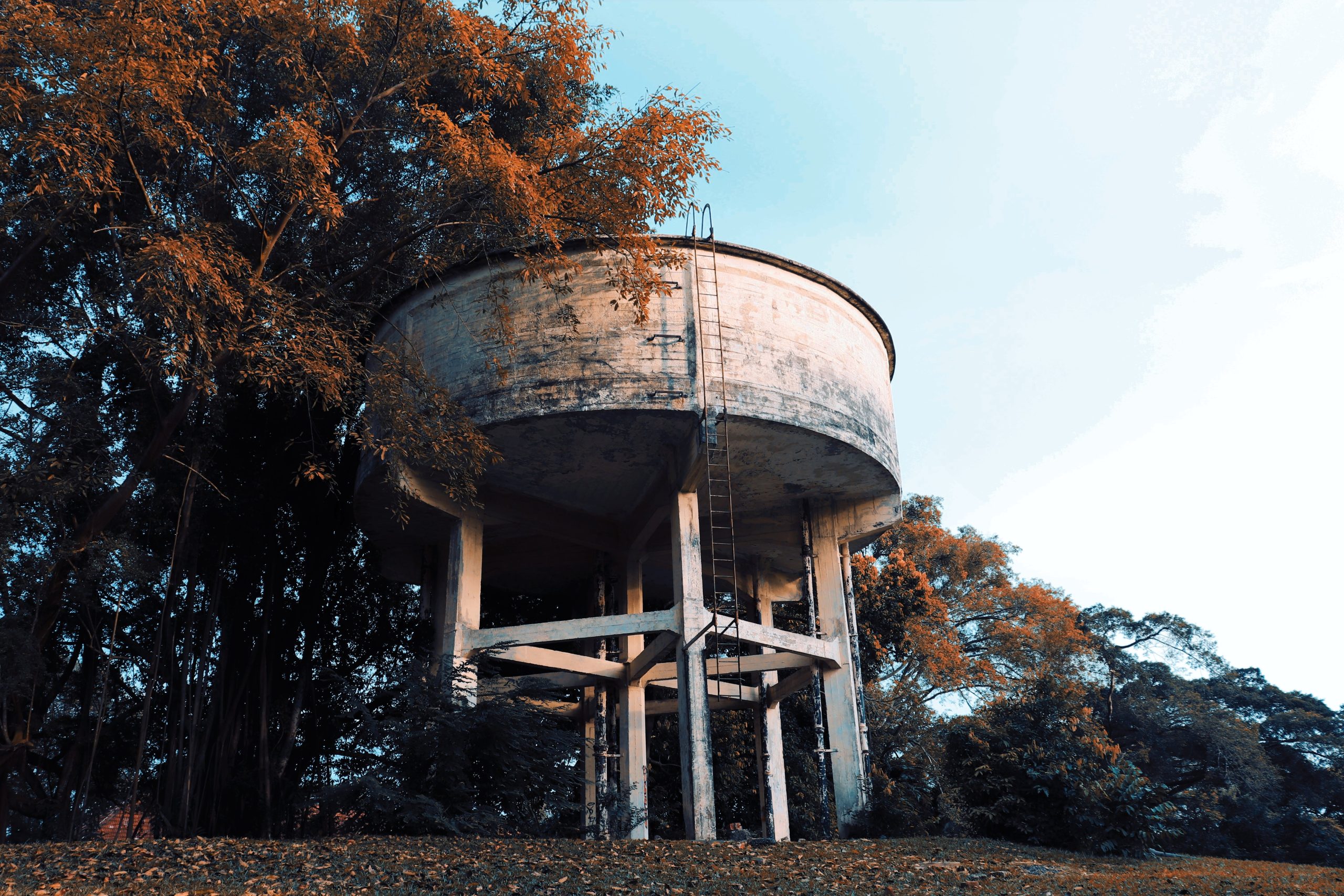
Maintaining the quality of stored water is crucial for many industries and communities, especially when it comes to potable water supplies or sensitive applications such as pharmaceutical and food processing. Tank liners play an important role in ensuring that stored water remains safe and uncontaminated, preventing potential health risks and ensuring compliance with industry regulations.
ATM Tanks, a trusted provider of tank design, installation, repairs, and maintenance for above-ground tanks across Australia and the Pacific, recognises the significance of tank liners in safeguarding the quality of stored water. This article will delve into how tank liners can impact water quality, the factors to consider when selecting the right liner, and how expert guidance from ATM Tanks can help ensure the utmost safety and protect the quality of stored water for various applications.
Preventing Contamination and Preserving Water Quality
Tank liners contribute significantly to maintaining the quality of stored water, primarily by creating a barrier between the tank material and the water, preventing direct contact and potential contamination. Liners made from materials such as High-Density Polyethylene (HDPE) or Polyvinyl Chloride (PVC) have excellent resistance against chemicals and microbial activity, which protects the stored water from contaminants and unwanted reactions with tank materials.
Furthermore, tank liners effectively prevent algae growth and accumulation of dirt within the storage system, providing an additional layer of protection for water quality. By keeping water safe and uncontaminated, tank liners help ensure that stored water is suitable for its intended use, whether it be potable, industrial, or agricultural applications.
Ensuring Compliance with Industry Regulations and Standards
Complying with industry regulations and standards is of utmost importance when storing water for potable use or in sensitive industries such as pharmaceutical or food and beverage processing. Tank liners designed to meet these regulations, such as those compliant with Australian Standard (AS) 4020 for potable water storage liners, contribute to maintaining the quality of stored water and endorsing public health.
By investing in suitable tank liners, industries can ensure their storage systems abide by relevant water quality guidelines and avoid potential penalties, legal liabilities, or damage to their reputation. The choice of materials, installation methods, and maintenance procedures also play a role in adhering to these standards, all of which can be expertly addressed by ATM Tanks.
Reducing Corrosion and Scaling
Corrosion and scaling can have detrimental effects on the quality of stored water, often leading to leaks, contamination or even structural failures in the storage system. Tank liners provide an excellent solution to these issues, as they create an effective barrier against the factors that contribute to corrosion and scaling.
For instance, tank liners prevent corrosive substances from reacting with tank materials, thus preventing the formation of rust and deterioration of the storage system. Similarly, tank liners protect against mineral deposits and scaling, reducing water contamination risks and ensuring the quality of stored water remains stable over time. By minimising corrosion and scaling, tank liners extend the overall lifespan of storage systems while safeguarding the quality of stored water.
Supporting Water Reuse and Recycling Initiatives
Water reuse and recycling initiatives are becoming increasingly relevant in an era of growing emphasis on sustainability and water conservation. Tank liners play an integral role in enabling these initiatives by providing reliable containment for stored water, such as treated wastewater, stormwater, or greywater. By preserving the quality of this stored water, it can be repurposed and utilised for various applications, such as irrigation, industrial cooling processes, or even toilet flushing.
Rainwater harvesting is one such example in which tank liners contribute significantly to water conservation and quality. Tank liners are employed in rainwater harvesting systems to capture and store stormwater runoff, which can then be used for non-potable purposes like irrigation or landscaping. By using suitable tank liners to maintain the quality of stored rainwater, industries and communities can implement more sustainable water management practices and reduce overall water consumption.
Maintaining Optimal Performance with Regular Inspections and Maintenance
The performance and longevity of tank liners play a crucial role in ensuring the quality of stored water over time. Regular inspections, proper maintenance, and timely repairs are all essential components to guarantee the efficacy and durability of tank liners in protecting water quality.
Industries must invest in routine inspection and maintenance of tank liners to detect potential issues early on, preventing leaks, contamination, or more extensive damage to the storage system. Working alongside experienced professionals such as ATM Tanks can ensure that your storage system remains functional and that the quality of stored water is consistently maintained to the highest standards.
Safeguarding Stored Water Quality with ATM Tanks
Investing in suitable tank liners is essential for overcoming the challenges of maintaining water quality, ensuring public health, and adhering to industry regulations. The various benefits offered by tank liners, such as preventing contamination, reducing corrosion and scaling, supporting water reuse initiatives and ensuring compliance with standards, can contribute significantly to the safety, efficiency, and sustainability of your water storage systems.
ATM Tanks, with their expertise in tank design, installation, repairs, and maintenance for above-ground tanks across Australia and the Pacific, is your ideal partner in ensuring that your tank liners optimally serve their purpose and maintain the quality of your stored water. Don’t compromise on water quality—contact ATM Tanks today and experience their expert guidance and tailored solutions, designed to meet the unique needs of your industry.
- How to Fix Leaks in Your Water Storage Tanks - December 14, 2025
- Effective Techniques for Thorough Tank Cleaning - December 14, 2025
- The Benefits of ROV Tank Inspections for Maintenance - December 14, 2025






